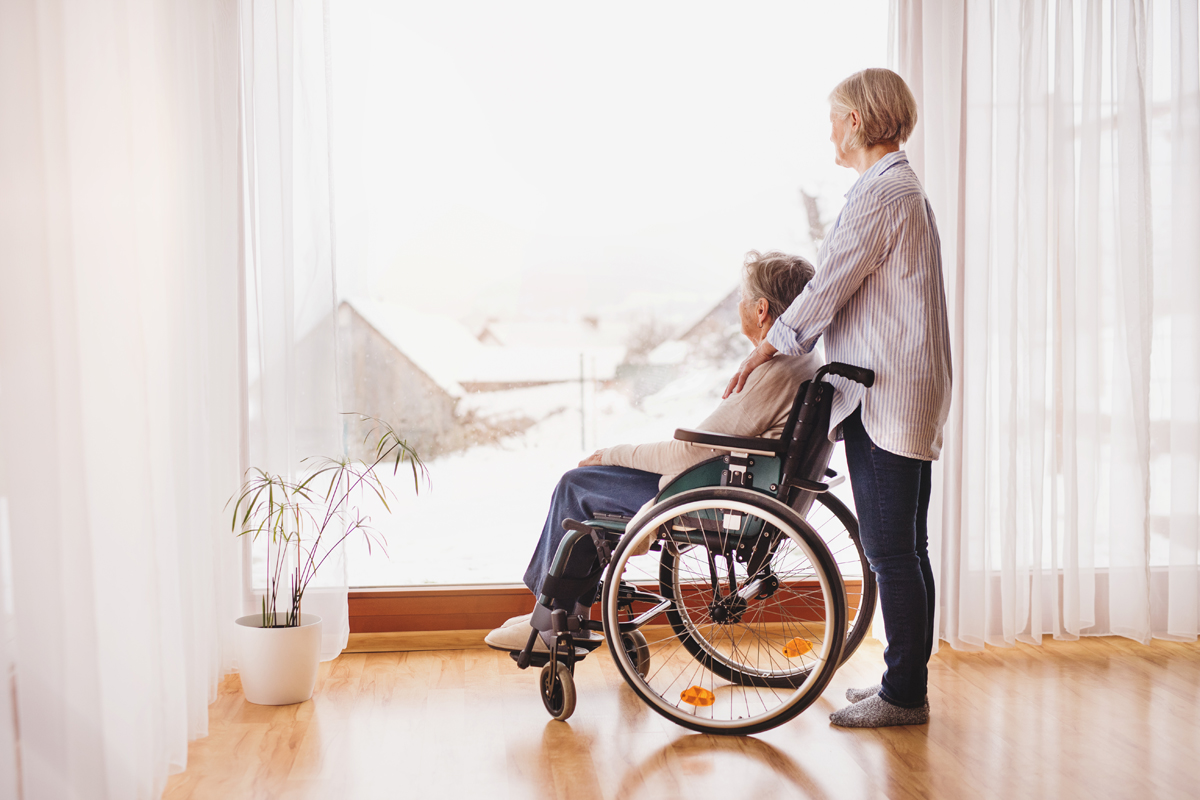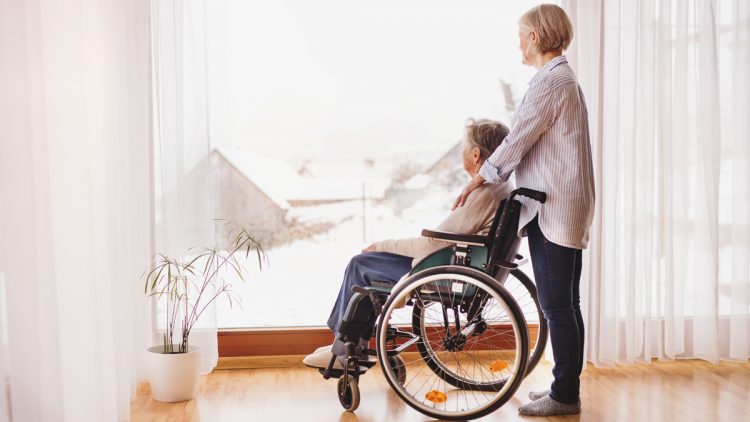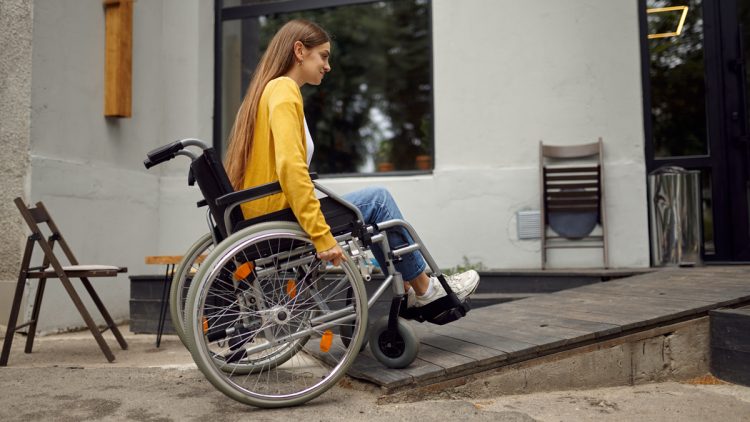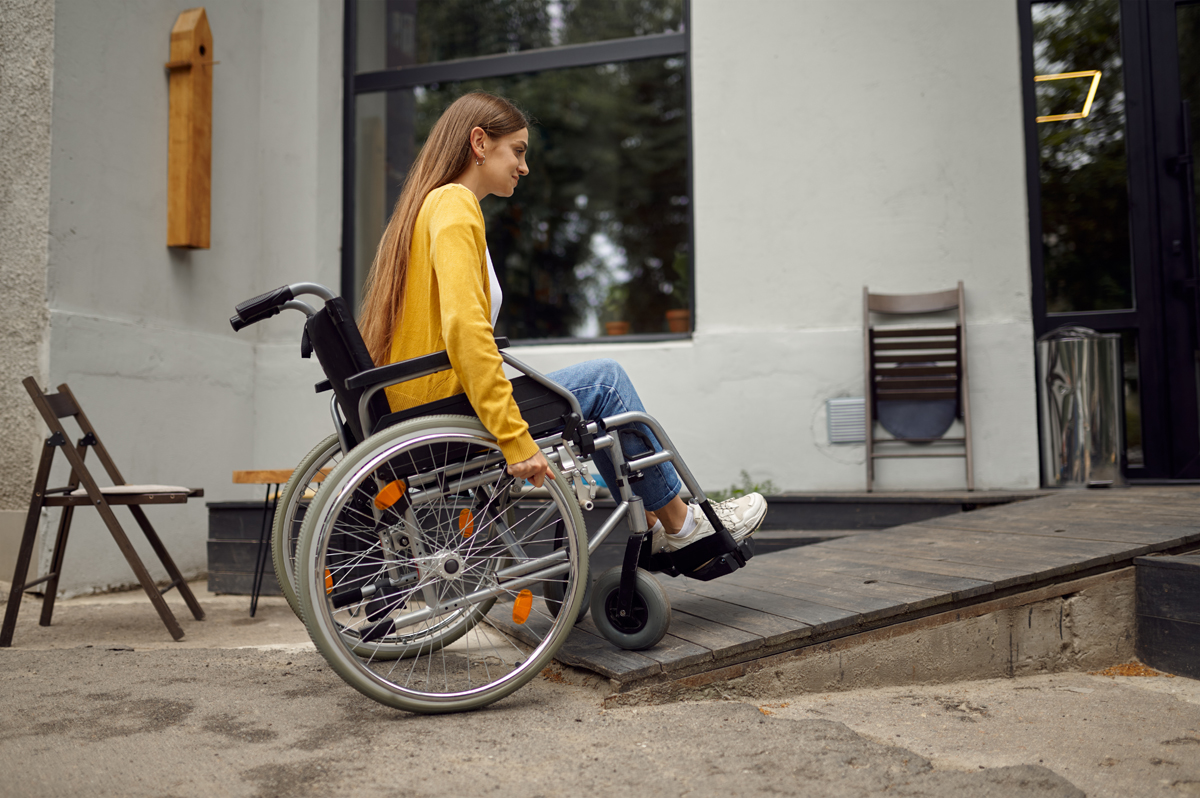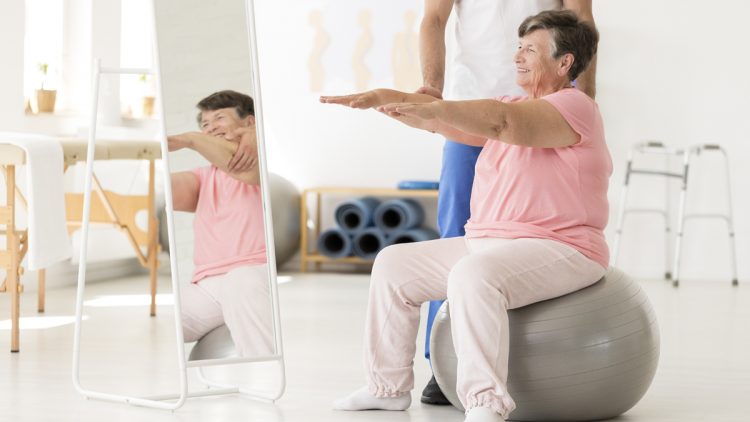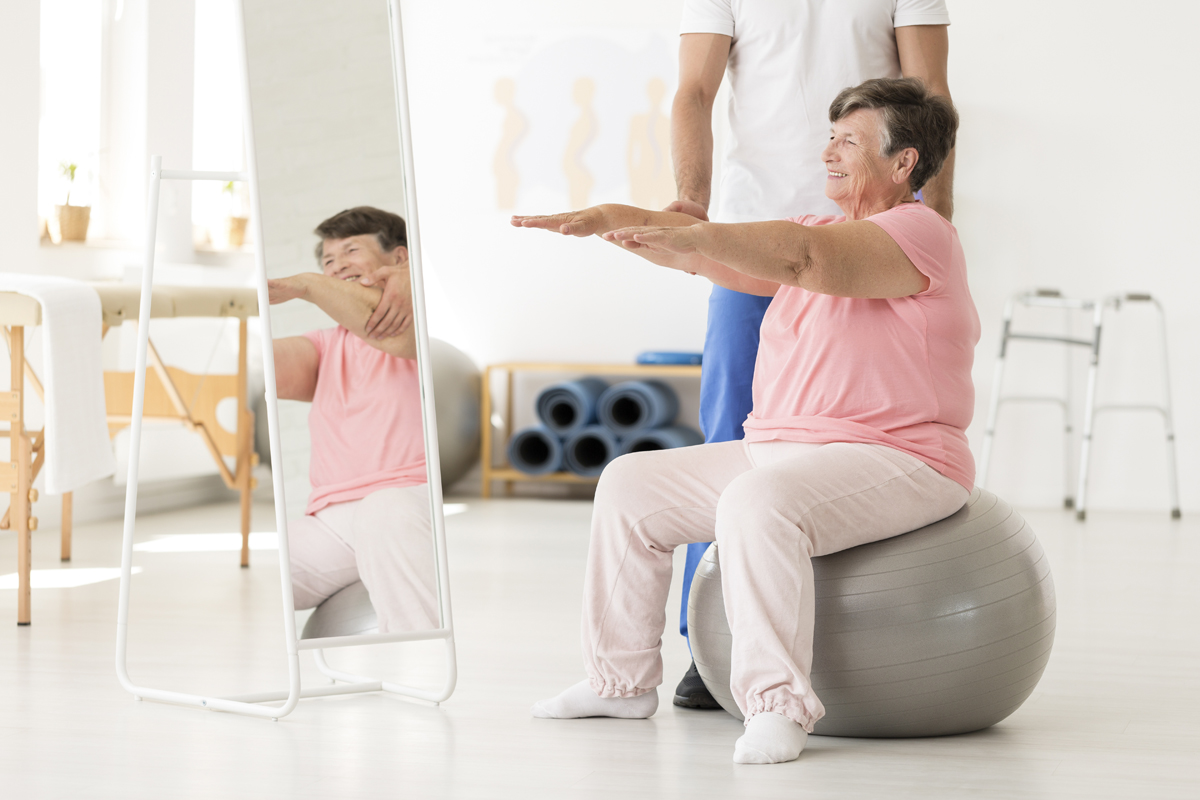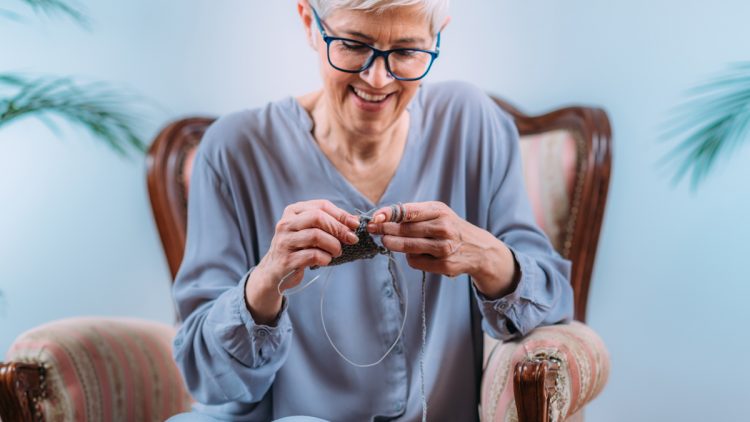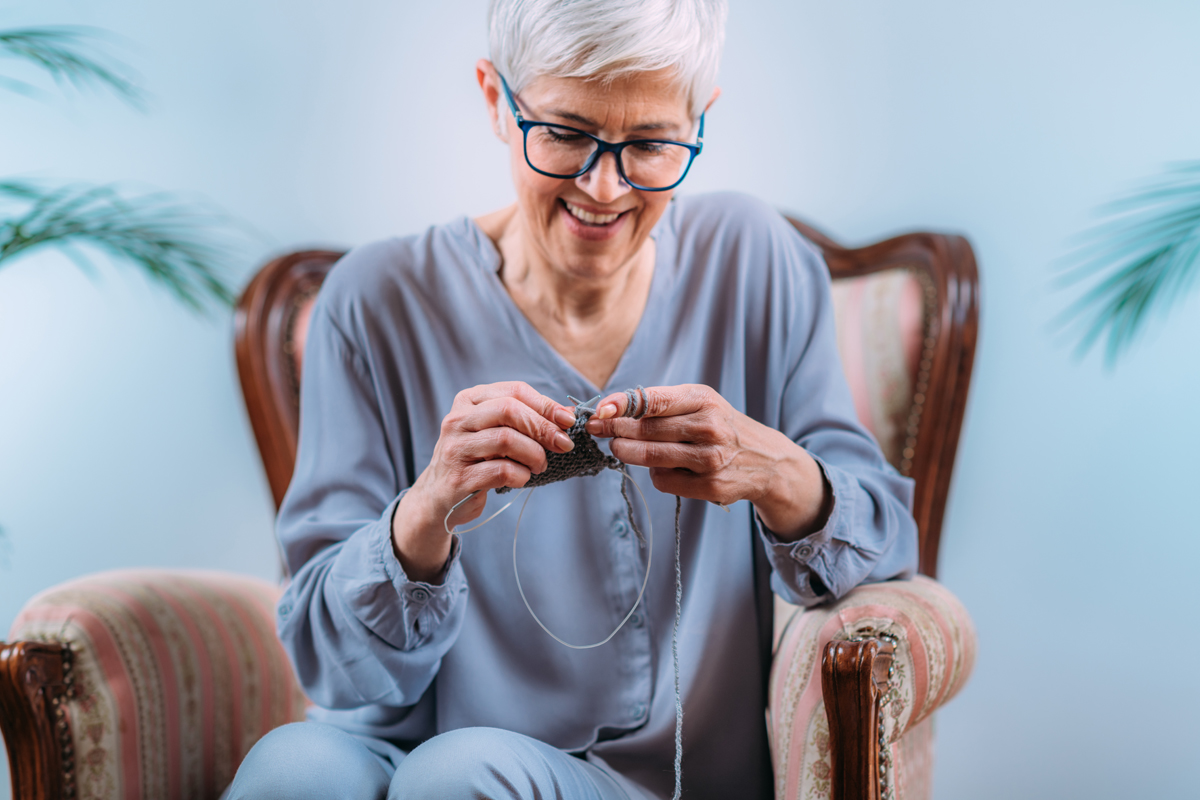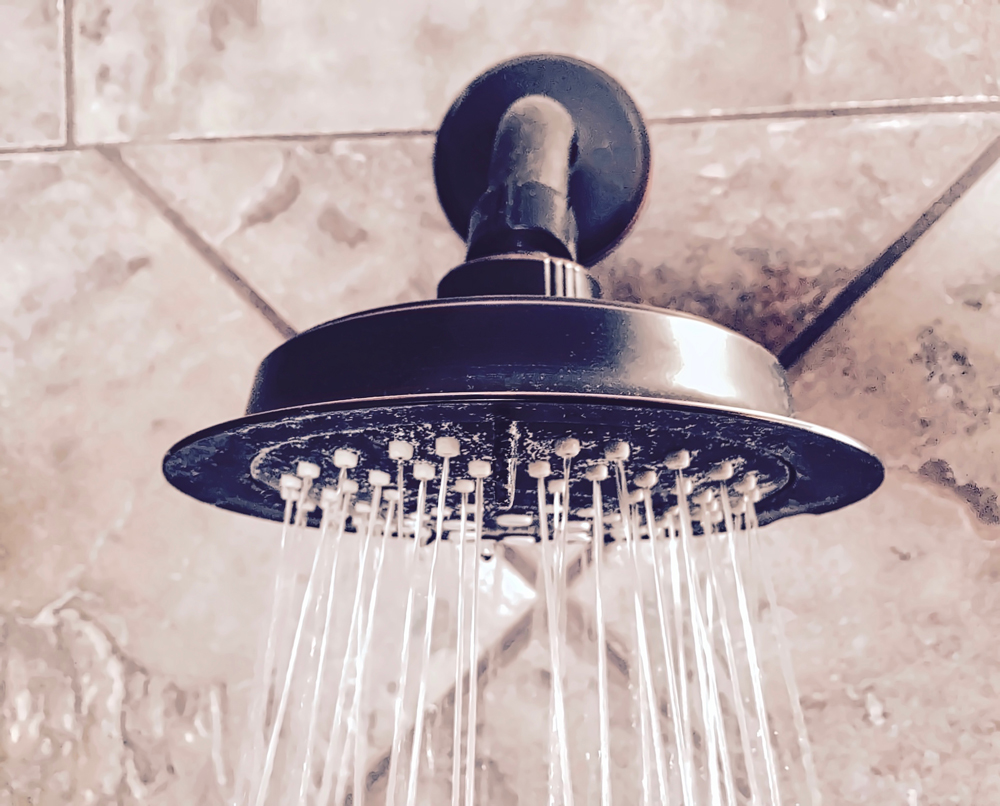A wheelchair ramp installed by a professional can cost anywhere from $1,060 to $3,406, with $2,233 being the national average. The ramp’s material, type, length, and local labor rates all affect the installation cost. Wheelchair ramps can range in price from $200 for a short ramp to $8,000 or more for a long ramp.
Wheelchair users can access ramps more easily, but only if they are built correctly. It’s crucial to work with an expert who is knowledgeable about the Americans with Disabilities Act (ADA) regulations because some can be hazardous if installed incorrectly or just hard to use.
Cost considerations for wheelchair ramps
The cost of a typical 24-linear-foot wheelchair ramp is mostly determined by the type, size, and material of the ramp. Ramp accessories like weight requirements, landings, handrails, and unique features like a stair lift are additional cost considerations.
Dimensions
Installing a wheelchair ramp can cost anywhere from $50 to $250 per linear foot, depending on the type, material, and labor costs. The cost increases with ramp width and length. A 32-foot ramp can cost up to $8,000, while a small 4-foot ramp starts at $200.
Resources
The cost is greatly impacted by the ramp material you select. You can select from concrete, wood, steel, aluminum, prefabricated aluminum, rubber, or composite, depending on your needs and budget. Steel ramps are frequently the most expensive, while rubber ramps are usually the least expensive.
Concrete
The price range for concrete ramps is $200 to $250 per linear foot. The cost of labor for pouring concrete may need to be increased depending on where you live. Concrete’s texture and roughness make it perfect for a permanent wheelchair ramp. It is challenging to remove and is among the priciest ramp materials.
Wood
Installing a wood wheelchair ramp usually costs $100 to $250 per linear foot. In the event of rain or snow, it is crucial to include weather protection and slip prevention. Over time, warping or rot can make a wooden wheelchair ramp unsafe if it is not maintained.
Aluminum
The typical cost of an aluminum wheelchair ramp is between $150 and $200 per linear foot. Aluminum’s strength, light weight, and resistance to corrosion make it one of the best material options. Aluminum ramps usually have grooved surfaces that aid in traction in wet and snowy conditions.
Metal or Steel
At $200 to $250 per linear foot, steel is among the most costly and secure materials for wheelchair ramps. Choose galvanized steel to keep it from rusting and corroding, and look for a ramp with a textured surface to keep people from slipping.
Aluminum that has been prefabricated
Prefabricated aluminum ramps are an excellent economical choice, with prices ranging from $100 to $150 per linear foot. The prefabricated model can be swiftly assembled and installed by contractors, saving you money on labor.
Rubber
Rubber wheelchair ramps are the best option if you’re building a wheelchair ramp on a tight budget because they cost between $50 and $150 per linear foot. They are a great option for indoor shower ramps because they are inherently non-slip. Rubber is only taken into consideration for small ramps, though, due to their poor durability.
Combination
Wheelchair ramps made of composite cost between $150 and $200 per linear foot. The primary selling point of composite is its ability to withstand moisture. Warping, rotting, or impact damage over time are not concerns.
Type of Ramp
Your project’s overall cost is also influenced by the kind of ramp you select. Sturdier options like semi-permanent, modular, and permanent ramps are at the other end of the spectrum, while mini or portable ramps are the most economical.
The Mini-Ramp
The least expensive ramps are mini ones, which range in price from $100 to $200. They are made to allow passage over a raised threshold or between split levels up to a height of roughly one stair step, and they are normally 30 inches wide by three feet long. The majority are lightweight and portable due to their aluminum construction.
Transportable
Depending on the type, portable ramps range in price from $100 to $2,000 and come in lengths ranging from three to ten feet. Portable ramps are usually used to enter cars or slightly raised entrances, but because of their short length, they are only able to reach two vertical steps. For instance, according to ADA regulations, a 5-foot ramp can only rise five inches. Additionally, it can be difficult to erect and dismantle portable ramps without help.
The following are typical portable ramp types and their approximate costs:
$100 to $1,000 for folding; also known as a multifold or suitcase; one or more folds for portability
Roll-up: $300 to $1,300; composed of aluminum; foldable for storage
Having two tracks that align with the wheelchair and the ability to fold or open to the ideal length, the track costs between $250 and $2,000.
The cost of a modular wheelchair ramp can range from $400 to $5,000 for longer models. Because they are prefabricated, the pieces must be assembled by a contractor upon delivery. Typically composed of steel or aluminum, modular ramps require little upkeep. Be sure to accurately calculate the measurements before placing your order.
The cost of installing semi-permanent wheelchair ramps ranges from $350 to $2,000. They are safe and stable even though they aren’t permanently fixed to the ground. If you don’t need the ramp to remain in place for several years, a semi-permanent ramp might be a good choice.
Permanent ramps usually cost between $1,000 and $6,000 and are constructed of steel, concrete, or wood. They are frequently placed at the entrances and exits of homes.
Generally speaking, a ramp’s cost will increase with its strength. While some ramps are made for manual wheelchairs, others are made for larger electric wheelchairs or scooters. Some might only be able to sustain the weight of a wheelchair that is not in use.
For doors to open smoothly and wheelchair users to pause and rest, all wheelchair ramps must have flat landings at the top and bottom.
Installing landings is recommended for every 30 inches of elevation gain. The total cost of installation may rise if there are more landings than just the top and bottom.
Railings
Guards and handrails are necessary for larger ramps. For instance, handrails must be installed on both sides of ramps that are more than six feet long or rise more than six inches.
Handrails may be included in prefabricated kits, but if a contractor constructs a ramp using unfinished materials like metal or wood, you’ll need to account for extra expenses.
Tape or Grip Strips
To avoid slipping, budget extra money for materials if you’re building a ramp out of wood or metal. At a nearby hardware store, a roll of anti-slip grip tape measuring two by sixty inches costs between $15 and $35.
Additional Wheelchair Ramp Expense Elements
When installing a wheelchair ramp, a number of additional considerations need to be made, including labor, permits, location, and extra features.
Work
The ramp you’re building will determine the hourly labor cost to hire a local professional wheelchair installer. For instance, a carpenter is needed for a wooden ramp, but a mason might be needed for a concrete unit.
Handymen charge between $60 and $65 per hour, while carpenters charge between $35 and $100. You should budget between $1,800 and $4,800 for each project if you need to hire a mason to install your pathway. Any contractor you choose to work with needs to be licensed and knowledgeable about ADA rules.
Licenses
Before starting your project, find out if your local building office needs a permit. If so, the cost of the building permit will likely range from $30 to $120. Permits may be handled for you by the contractor you hire.
Where
The location of the ramp frequently affects the cost. Indoor ramps must be more portable and shorter than outdoor ramps, which are typically longer and made of more durable materials. An outdoor ramp typically costs between $1,200 and $5,000, while an indoor ramp may cost between $200 and $2,000 on average.
ADA Regulations
Learn about the ADA requirements for wheelchair ramps set forth by the U.S. Access Board before putting in a ramp. Although homeowners are not legally required to follow the rules, it is in the best interests of all wheelchair users in your home to do so.
The following are important things to remember:
There should be one foot of length for every inch of height. This is the highest slope that is allowed.
The minimum width for ramps is 36 inches.
Runs should not be longer than thirty feet (30 inches) without a landing in the middle.
Finding the Length and Slope
When designing a ramp, the slope is the most important safety consideration. Use the lowest slope feasible for a permanent fixture—no more than one inch of rise per foot of length.
Measure the height in inches, then convert the inches to feet to get an idea of the required length. A ramp that rises 30 inches, for instance, needs to be at least 30 feet long, excluding the landings.
Financial Support and Insurance
In certain situations, individuals with disabilities who require a permanent or modular unit may be eligible for financial assistance.
Medicare
Disability ramps are fully reimbursable if used for medical purposes and are classified as durable medical equipment (DME) under Medicare policy. A certified medical professional must, however, determine that the structure is medically necessary.
As an alternative, Medicare Advantage (MA) plans may pay for wheelchair ramps for qualified individuals with specific chronic illnesses, such as metastatic cancer, rheumatoid arthritis, and Alzheimer’s disease.
Medicaid
Policies differ because Medicaid is a federal program that is managed by the states. Medicaid, which is similar to Medicare in many states, will only pay for a wheelchair ramp if a doctor certifies that it is medically necessary.
In certain states, individuals with disabilities and low-income older adults can apply for assistance through Home and Community-Based Service Waivers (HCBS Waivers) or regular Medicaid. Ramps are regarded as fully or partially covered home modifications under these.
The Money Follows the Person Program, which offers financial support to individuals moving from a nursing home to a personal residence that requires modifications, may also be available to older adults. Once more, only certain states offer this option, so confirm with your state if it is available.
Assistance for Veterans
Veterans may be eligible for the Cash and Counseling benefit offered by the U.S. Department of Veterans Affairs. A care budget is given to eligible veterans so they can choose the services and supplies they need. Any expenditures beyond that budget are covered out of pocket.
VA Home Improvement and Structural Alterations Grants (HISA Grants) may also be available to veterans. These grants support the improvement of accessibility in homes. Up to $6,800 may be awarded to those with disabilities related to military service, and up to $2,000 may be awarded to those with disabilities unrelated to military service.
Additional Support
Nonprofit aid, state-based aid, and loans for senior care are additional sources of financial support. Where they are available varies.
Setting a Budget for Wheelchair Ramp Installation
A wheelchair ramp is a vital piece of equipment for people with restricted mobility. Although grants and insurance can assist with the expenses, the following advice can also help you save money:
To reduce the cost of materials, go with a less expensive option, like rubber.
To save money on labor and supplies, choose a prefabricated kit.
Before you start, check your insurance. The project might be fully covered by your provider.
The cost will increase with the size of the ramp. Select the smallest size available to save money.
For help or discounts on wheelchair ramps that are medically necessary, check with nearby nonprofits.
Mobility Center In Mesa, Arizona
Mobility Center has been proudly serving the entire Phoenix, Arizona area since 1975 with the finest in mobility aids, scooters, wheel chairs, lifts and support equipment. Visit our convenient location to see the products and receive the individual attention that you deserve. Our service area includes Mesa, Apache Junction, Tempe, Chandler, Scottsdale, Phoenix, Glendale, Surprise, and Sun City.
More Articles About Senior Living
